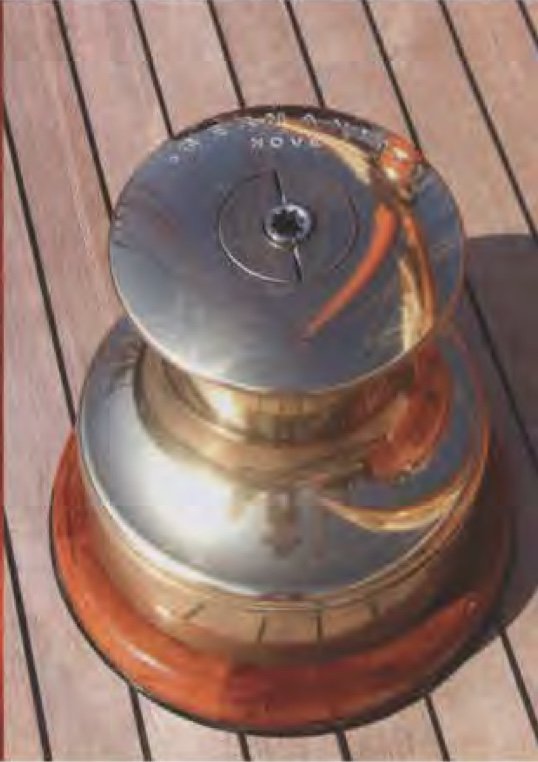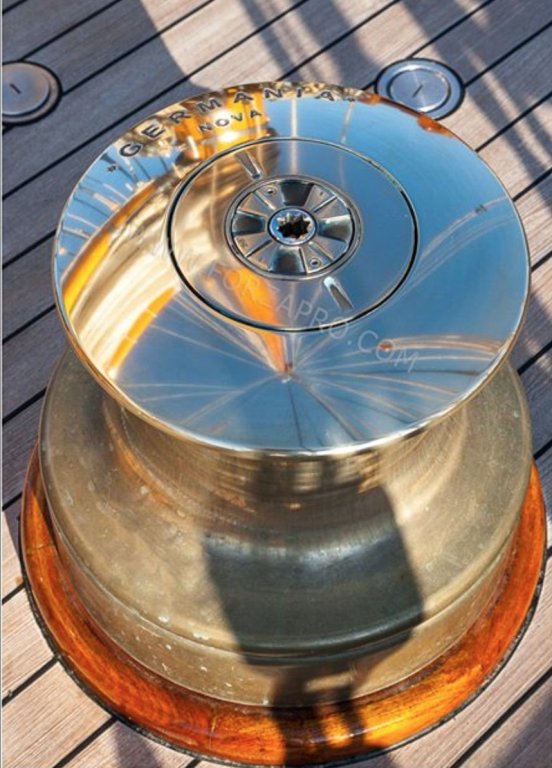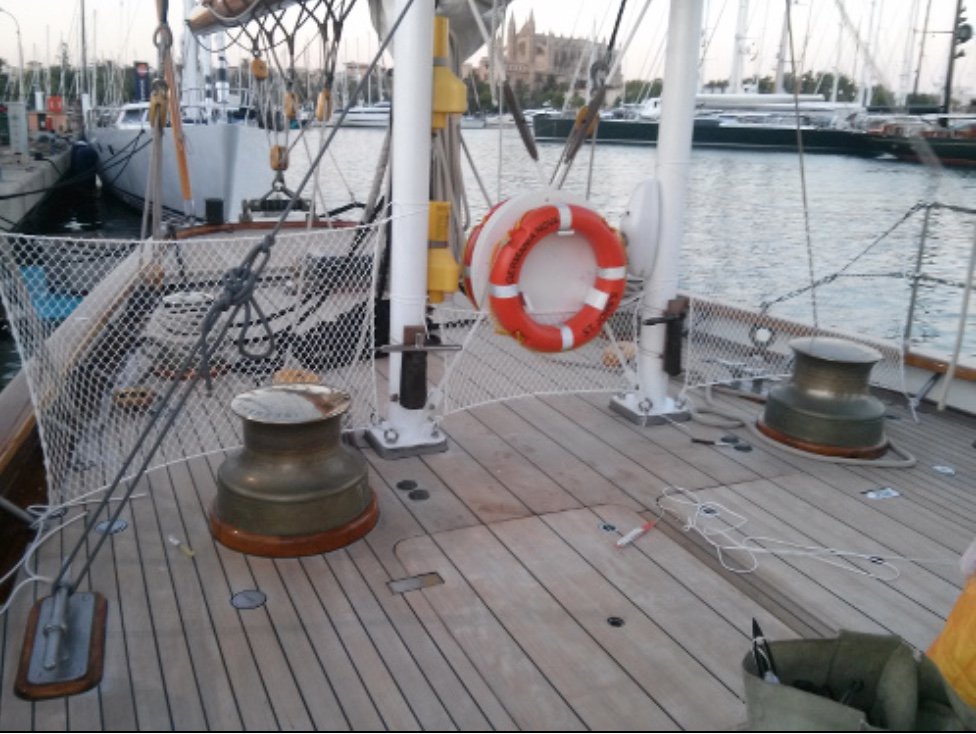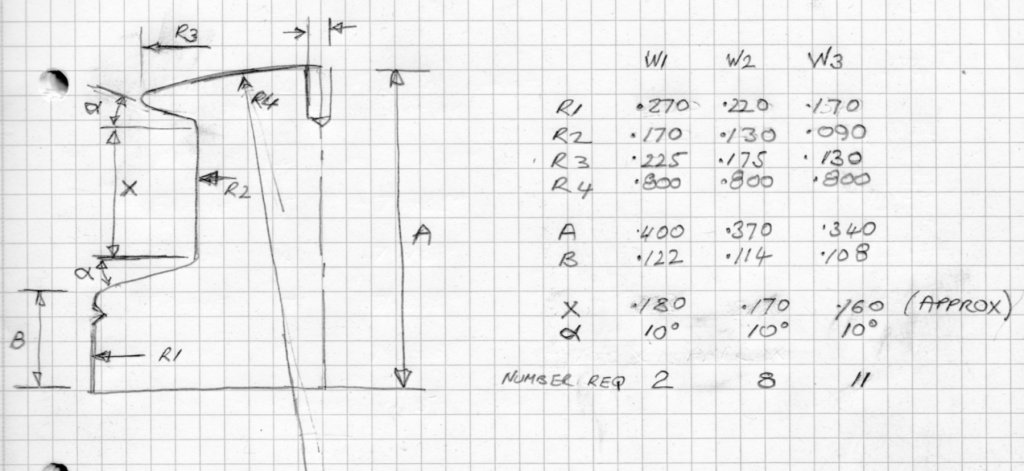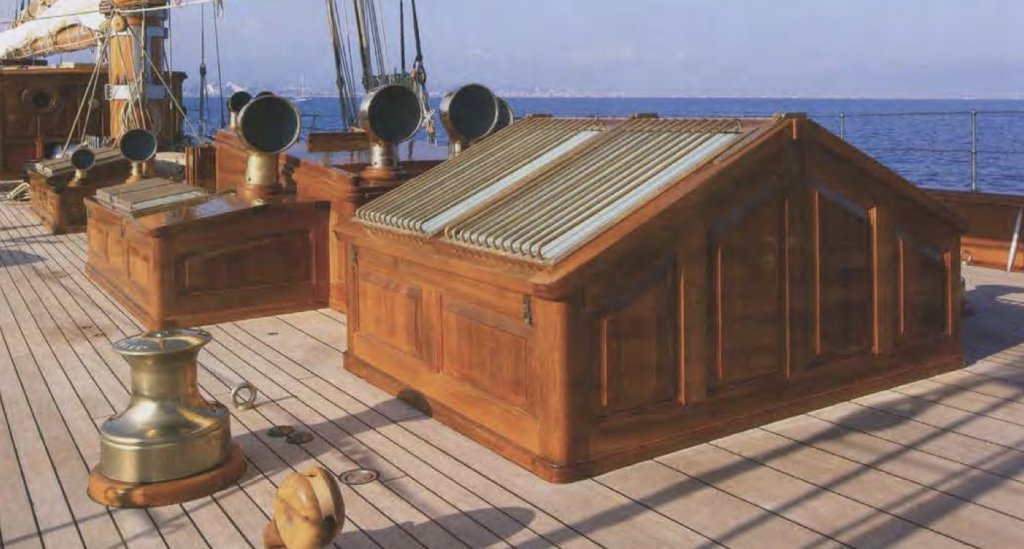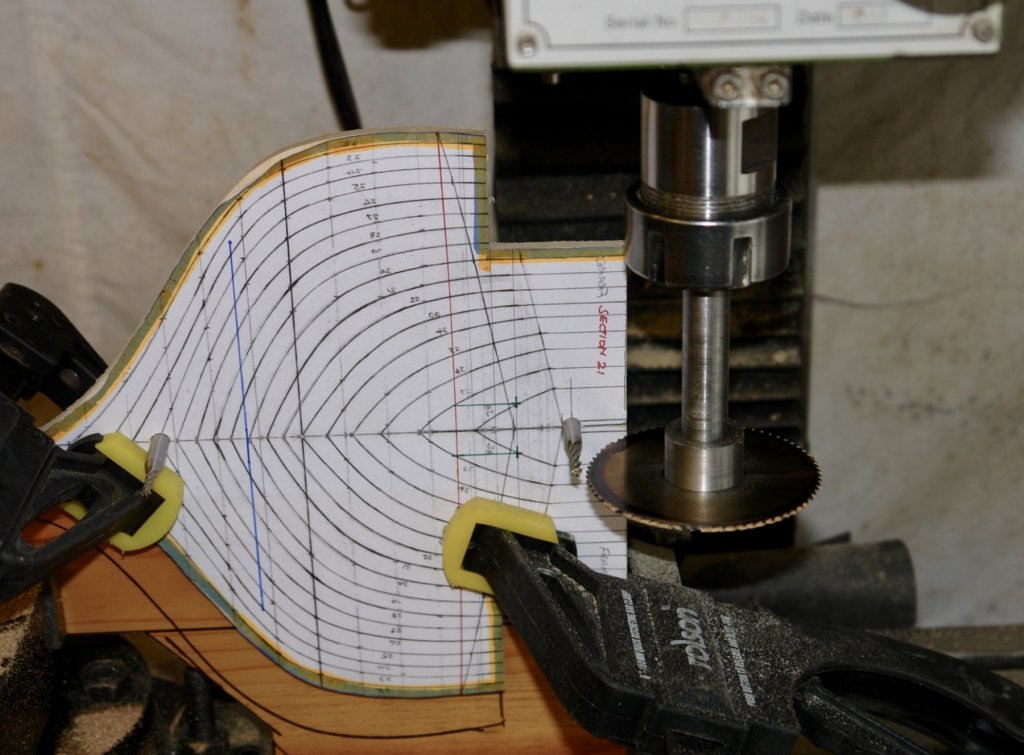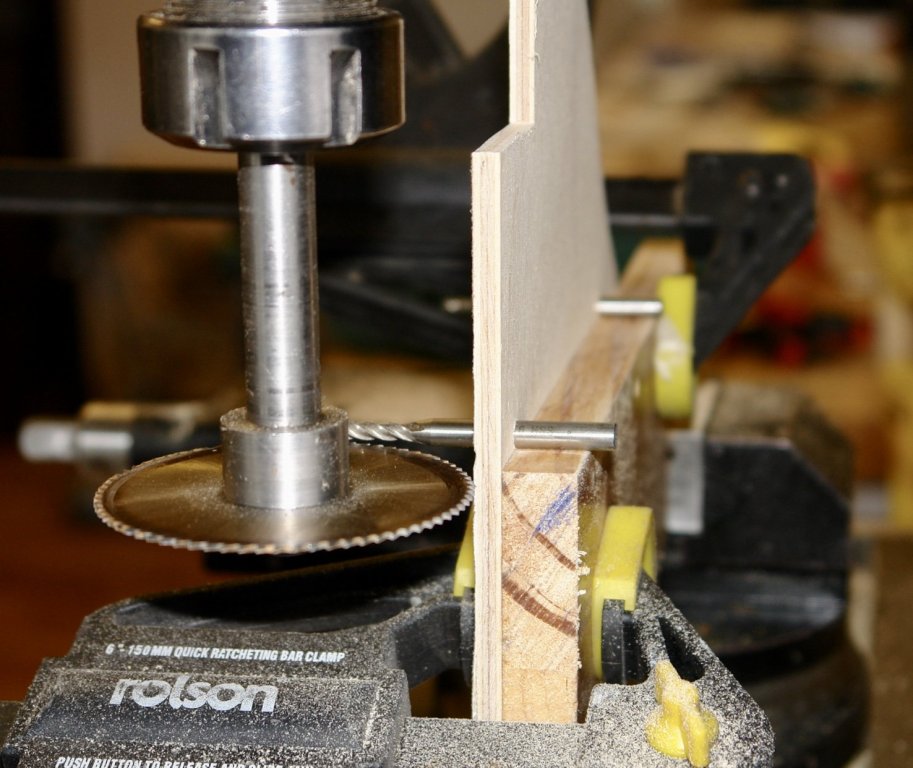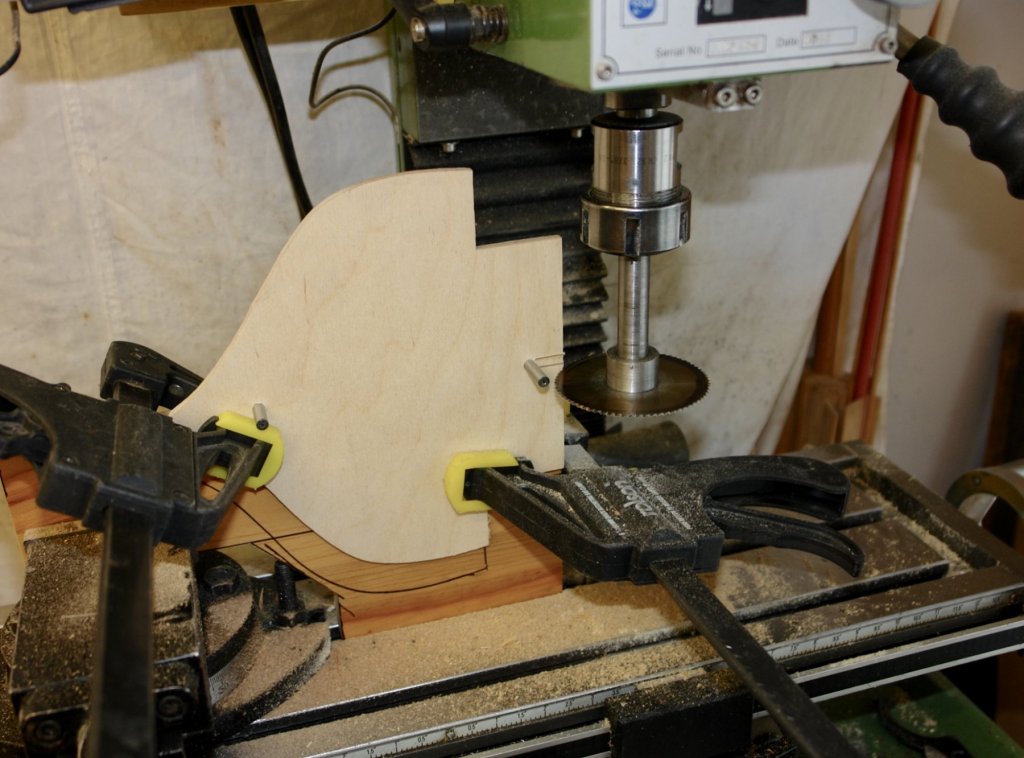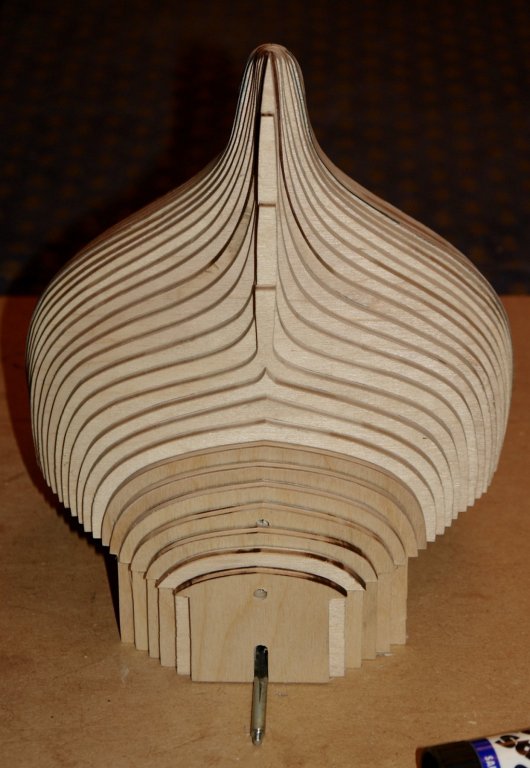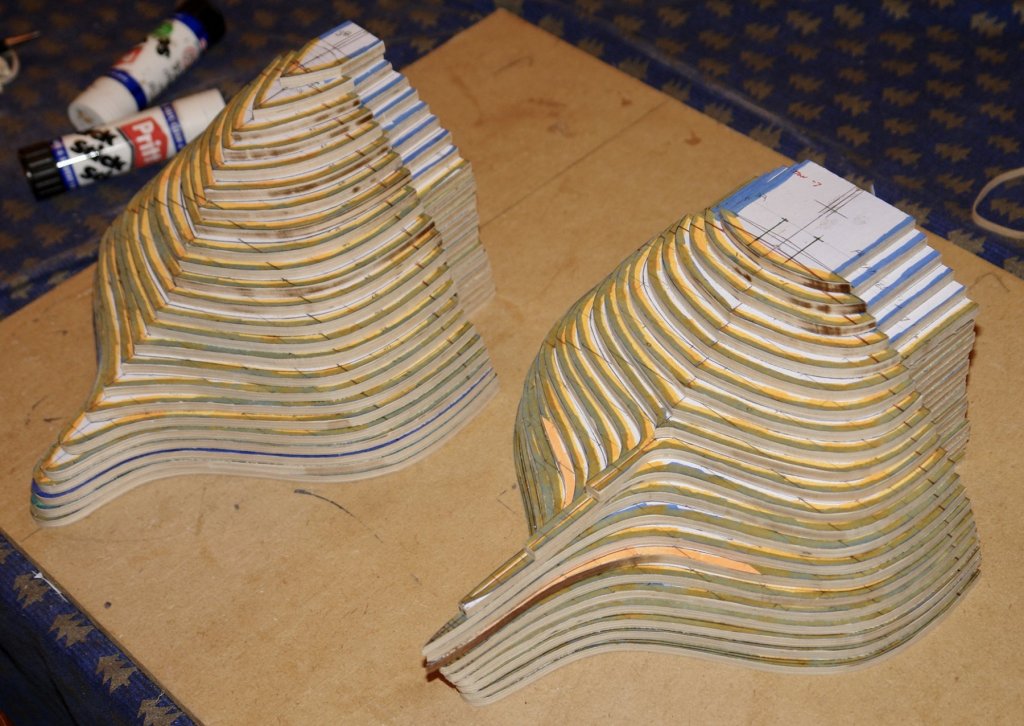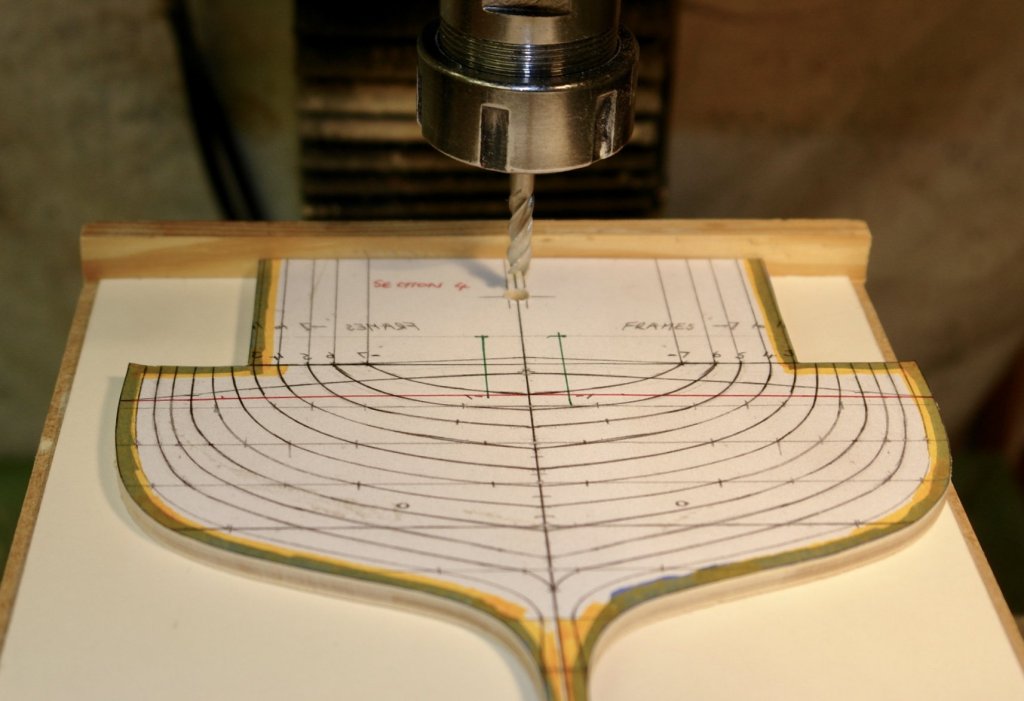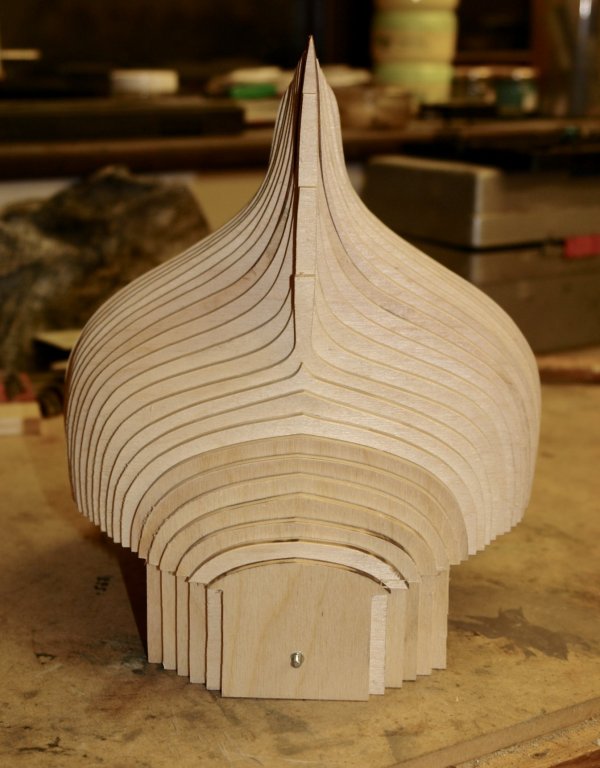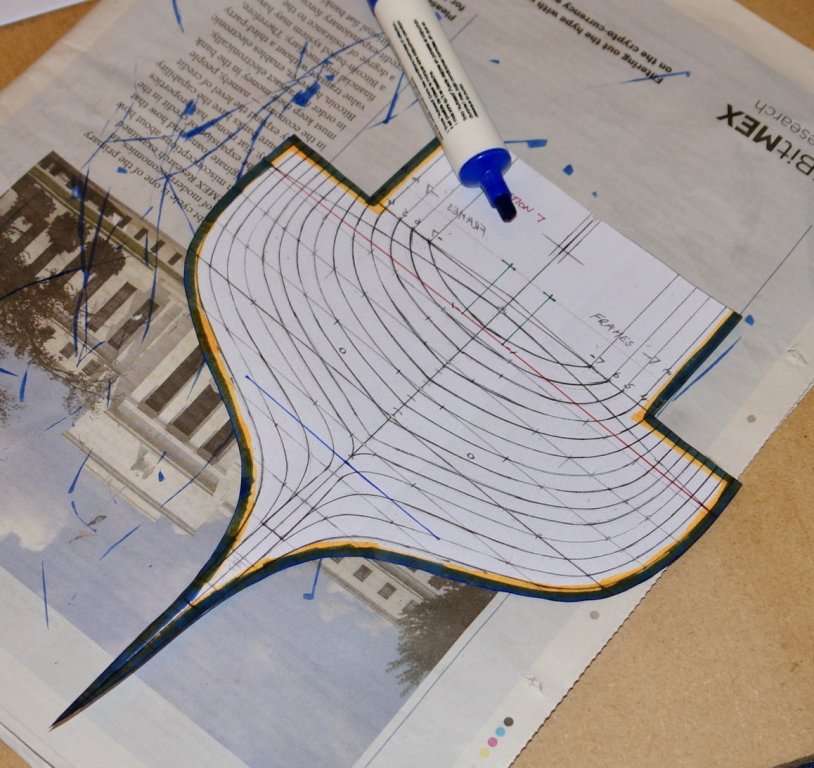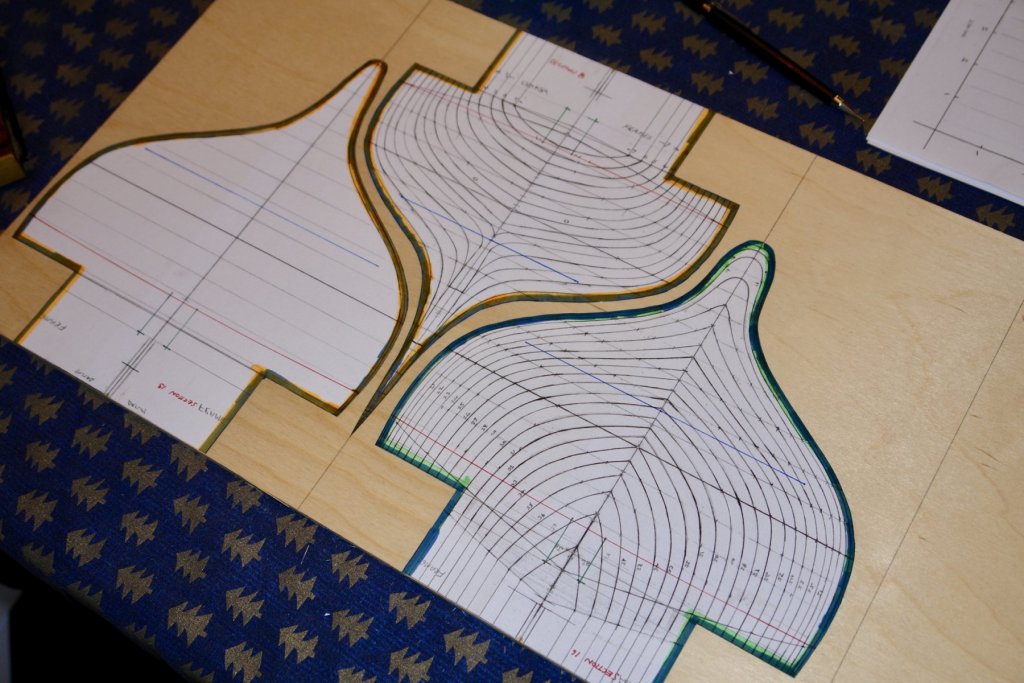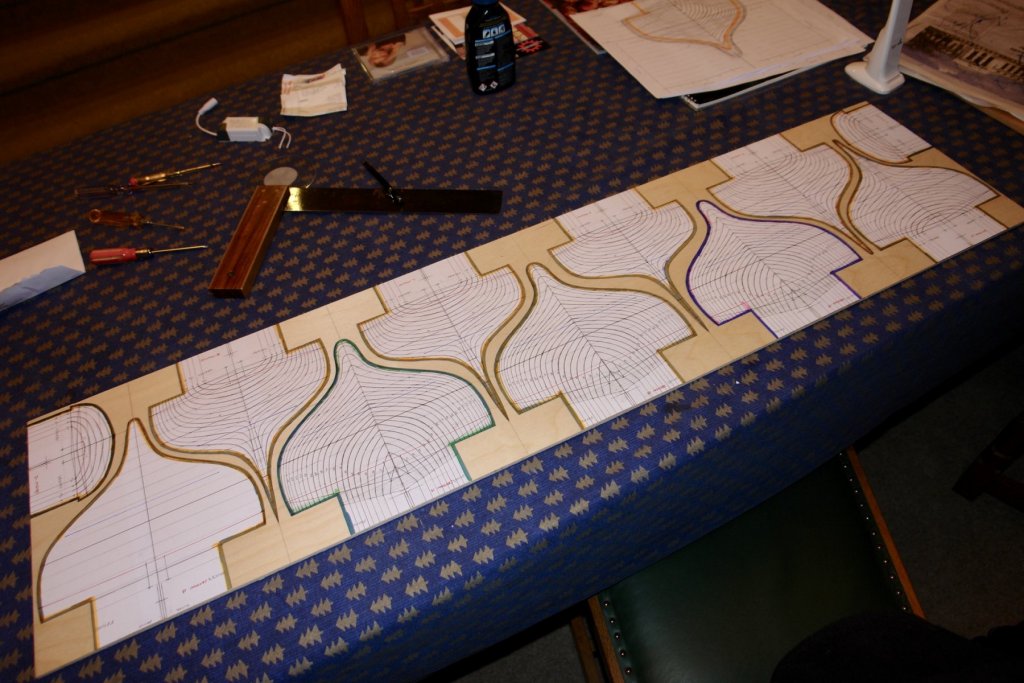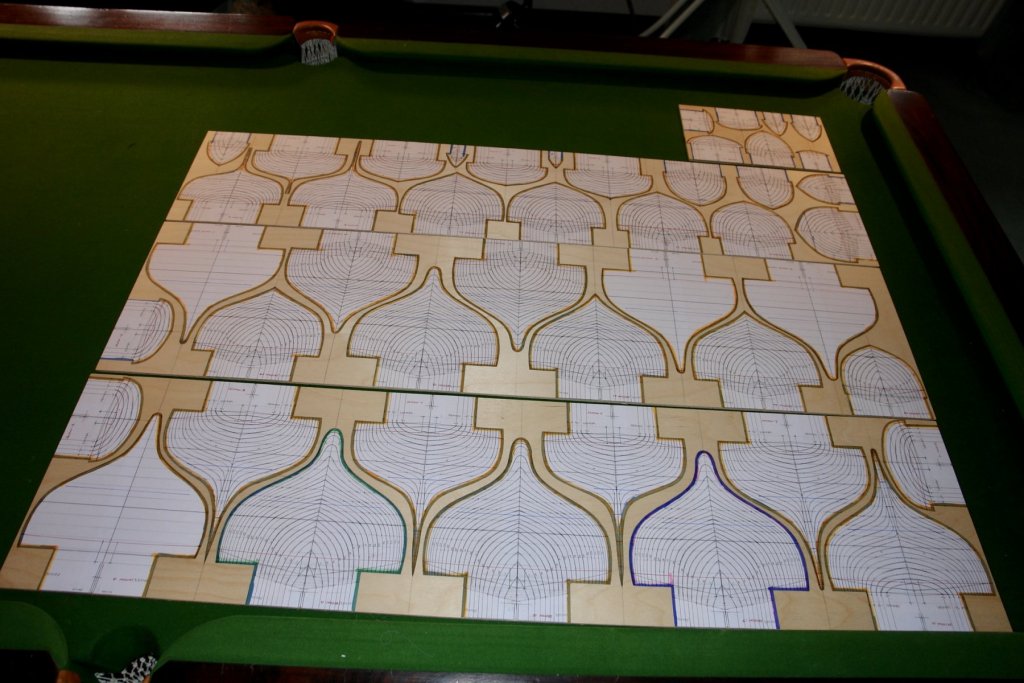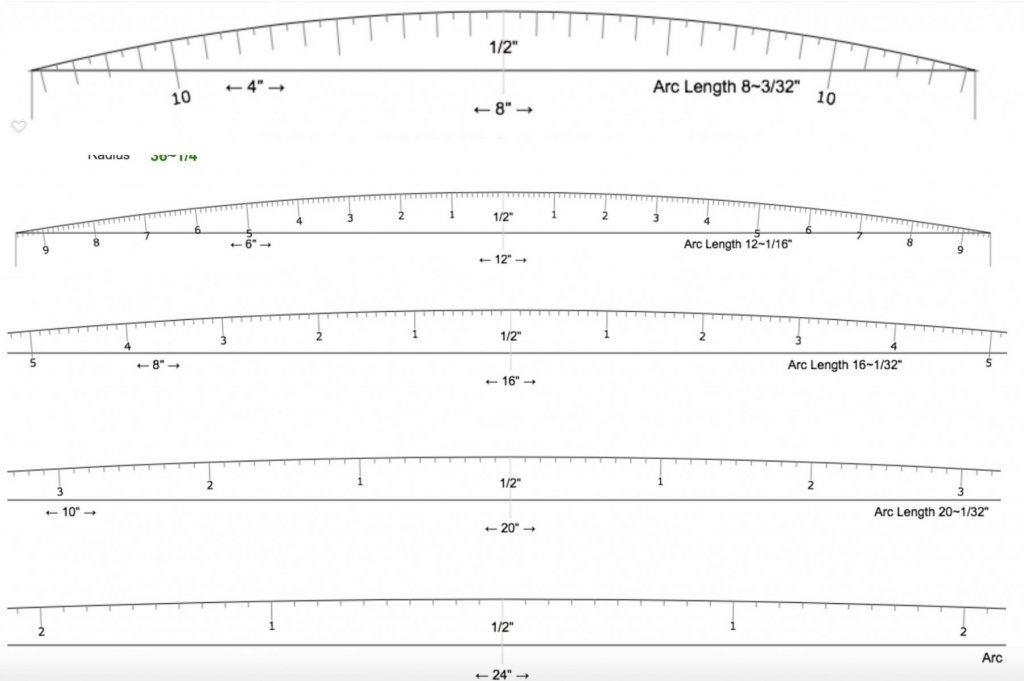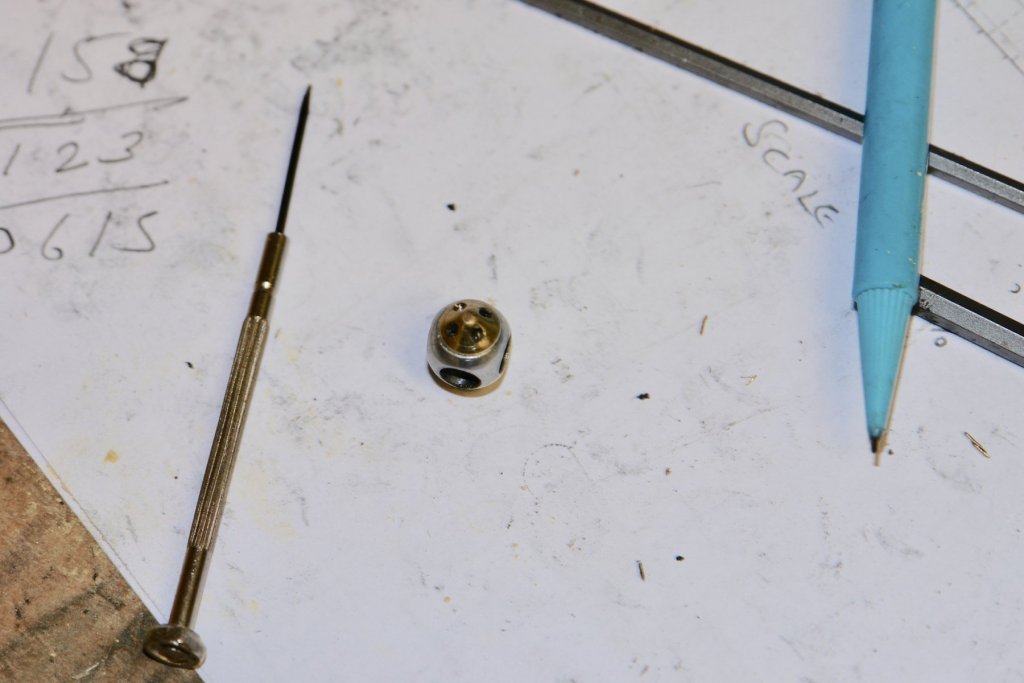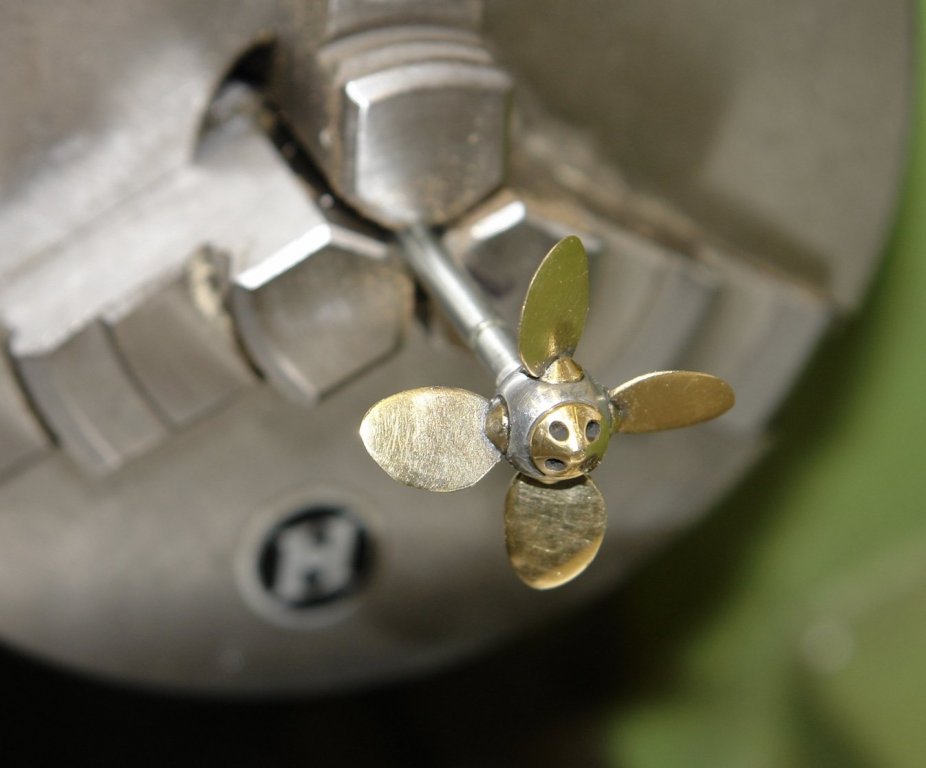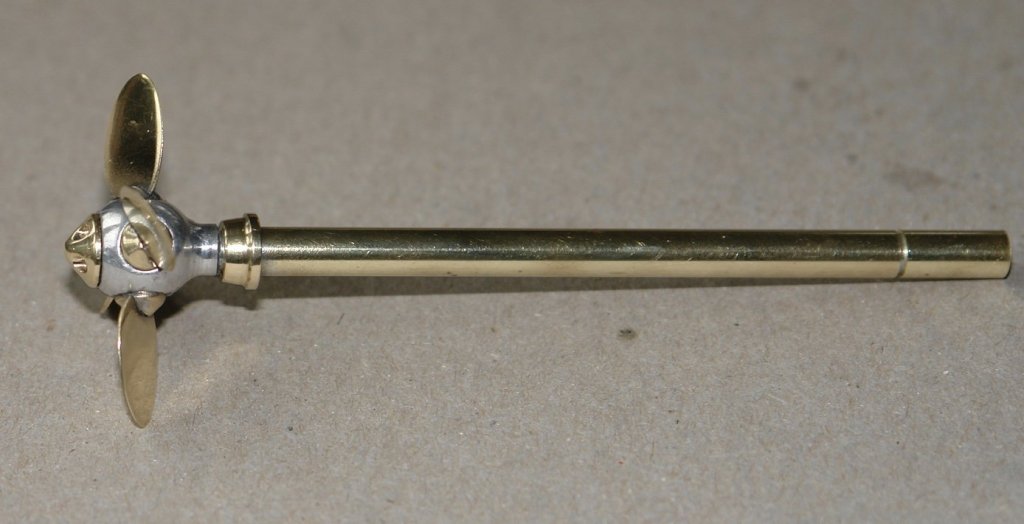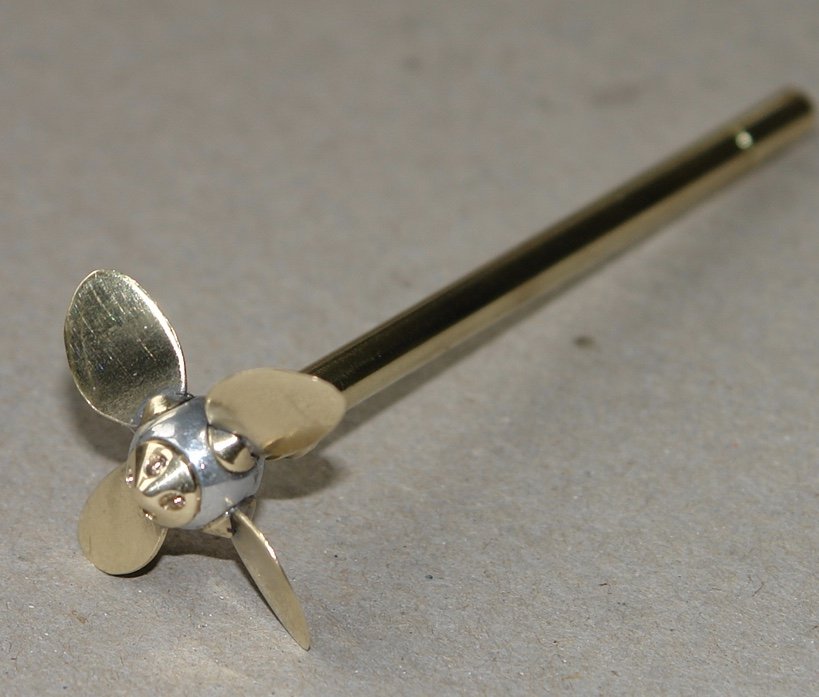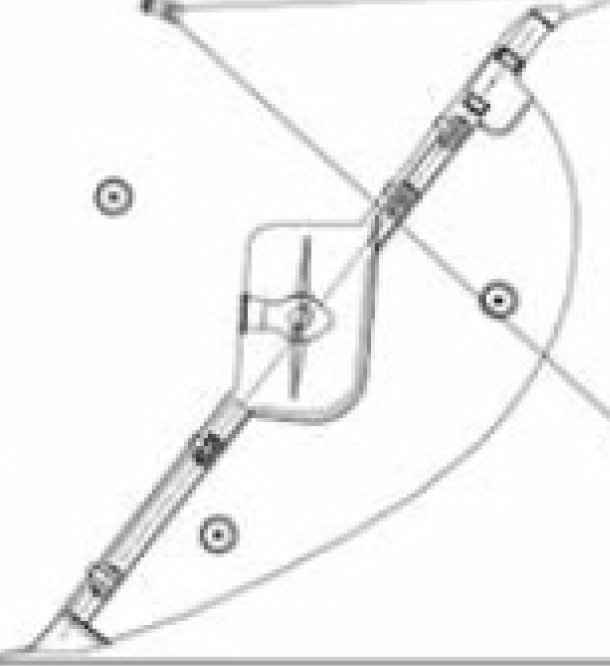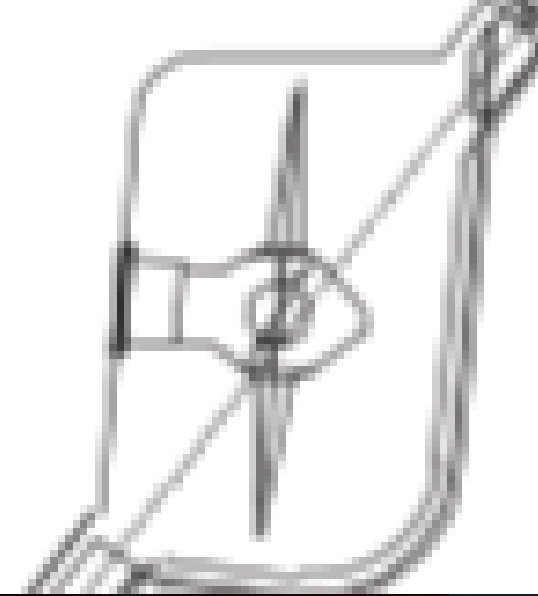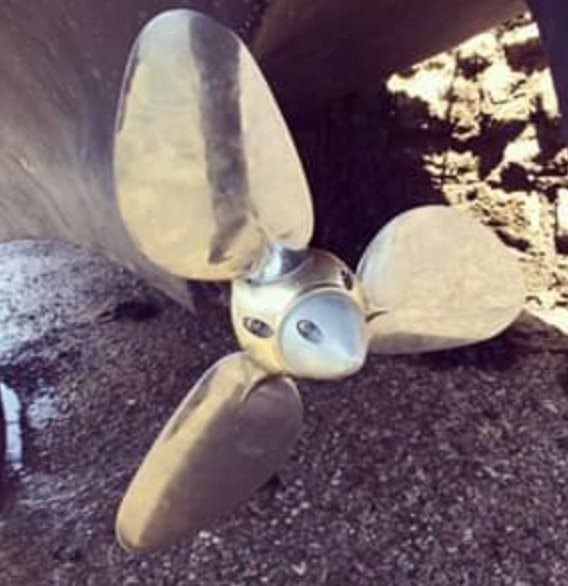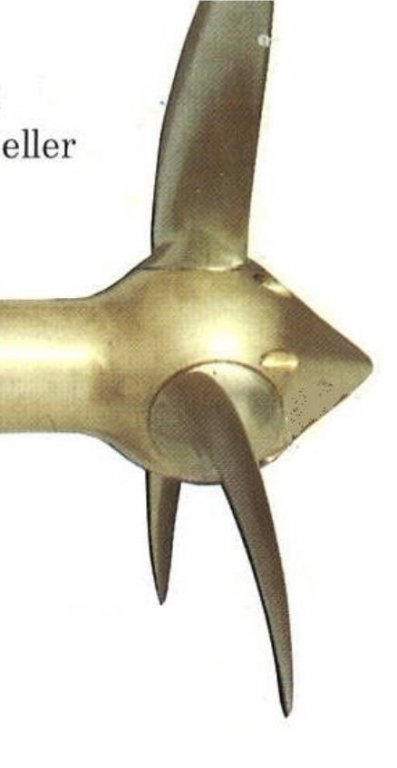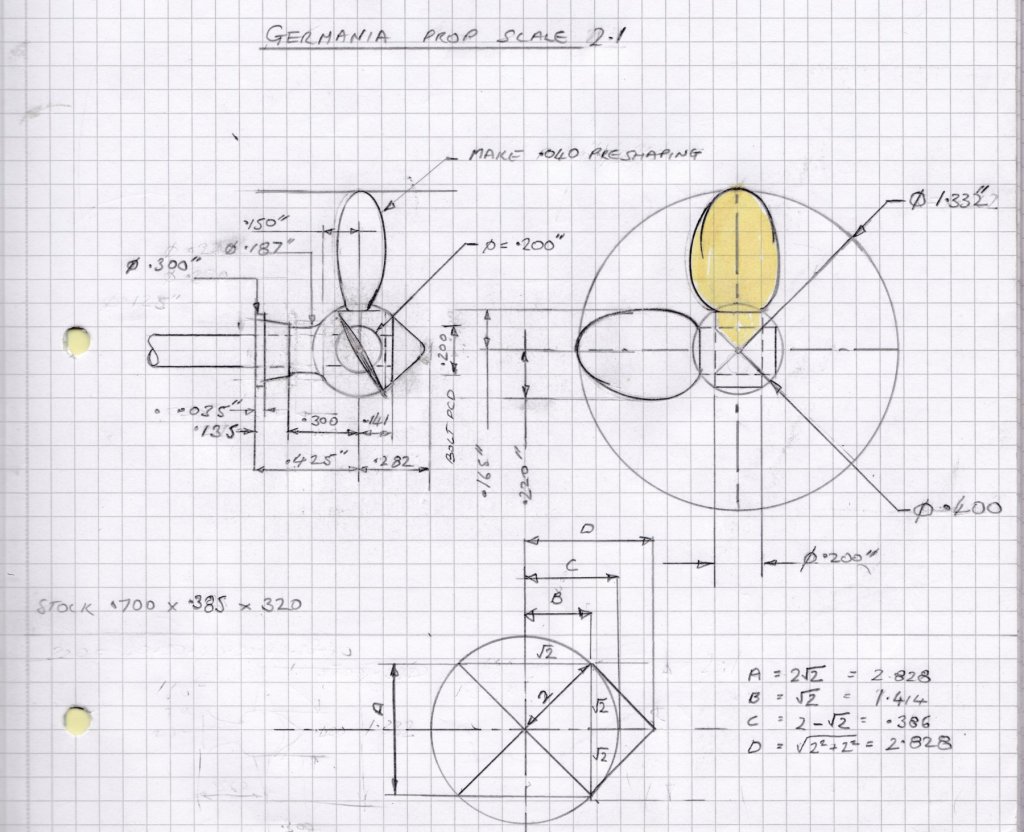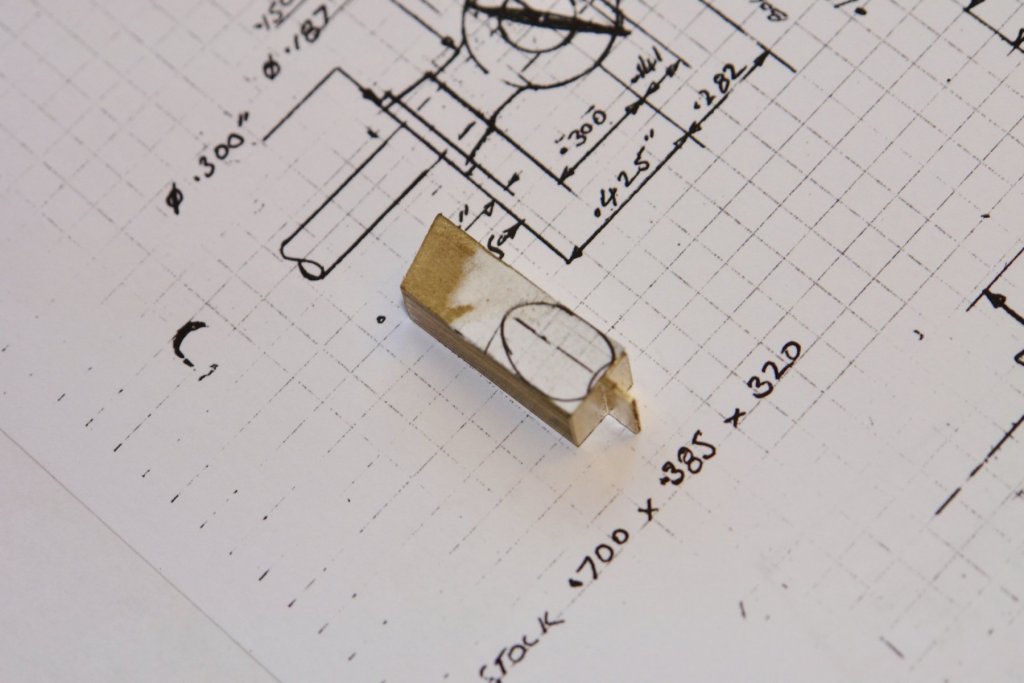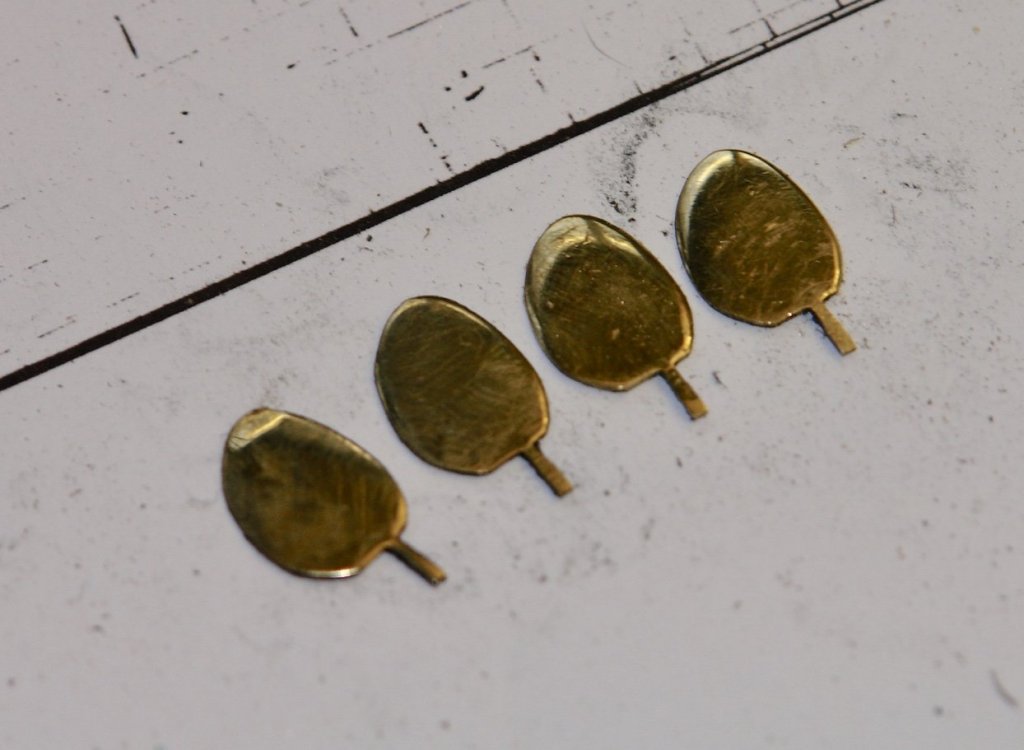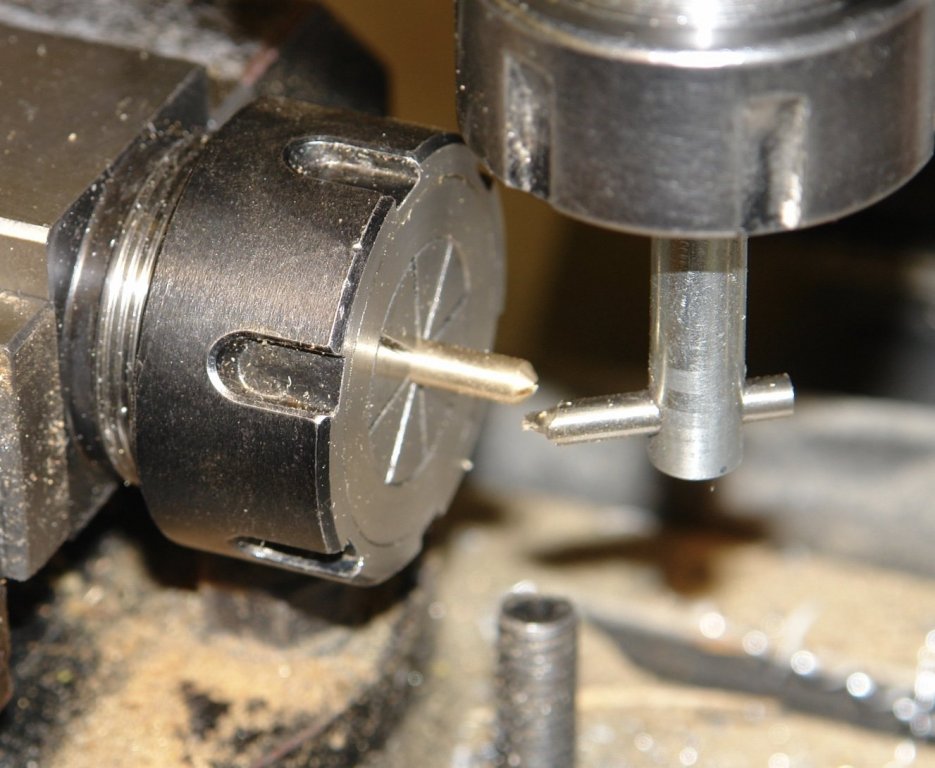-
Posts
3,867 -
Joined
-
Last visited
Content Type
Profiles
Forums
Gallery
Events
Everything posted by KeithAug
-
Today my resolve failed me. The workshop was cold and uninviting compared with the delights of the lounge and roaring wood burner. Will power fades with age!!!!! Anyway having made a start on sizing deck fittings I thought i could sit in my arm chair and complete sizing of the winches. Fortunately photographers and winches seem to attract one another like wasps and jam and I have many photos. I particularly like the starting gun version. Must make one like that. Germania has 3 sizes of winch. The good news is that the deck plan I have clearly identifies the positions of the different sizes - 2 large, 8 medium and 11 small - a total of 21 which seems to me to be more than ample for a craft of this size. Much measuring later and I have the size of all 3 versions. All dimensions in inches and at 1:36 scale. Tomorrow is committal day, I don't mean to an institution, although the kids might disagree. I mean committal to either Germania or Germania Nova. The winches are from Germania Nova and once I have knocked them out I don't think I will want to change track. I have cleaned off the lathe and the brass rods have been sorted. So tomorrow, bright and early, it will be time for turning. Note to self:- DON'T LIGHT THE WOOD BURNER.
-
Thomas, i visited the site but it does not carry much detail. Do there plans have a lot of detail and do they seem accurate? Thank you.
-
Wefalck, Thank you I will follow up your suggestions. In terms of which version I started off undecided. The availability of information however is swinging me to Nova. I will need to make the decision soon. Michael - thank you.
-
Thoughts on sizing deck features - the "PLANK" method. The deck is covered in fittings - cleats, bollards, winches etc., etc., none not which are detailed on the plans. I therefore have to develop a method of estimating their size from the many photographs I have. A feature of most of the photographs of fittings is that they usually have a section of the adjacent deck somewhere in shot and I figured that If I could size the width of the planks then I could (by comparison) size the fittings. So I used the following photograph and sized the planks as follows:- The skylight deck house, as measured on the plans is 71.6" wide. From the photograph the skylight is 9 of the wider planks wide. The wider planks are therefore 71.6/9 = 7.95" wide - call it 8". Comparing the wider and narrower planks the ratio of sizes is .320 to .840. By Calculation the narrower planks are 32/84 x 8= 3.047" - call it 3 inches. 8" and 3" seem sensible sizes for deck planks and I'm reassured that the sizing is reasonably accurate. Now to size the winch in the picture:- Its major diameter is about 4.5 narrow planks wide = 13.5" The diameter of the neck is 1/2 of the major diameter = 6.75" The diameter of the top flange is 3/4 of the major diameter = 10.125" The vertical dimensions need a bit more care in estimating as the perspective is a more significant factor. It's better to find a shot of the winch in the distance as the camera to deck angle is much reduced. Having done this the vertical dimensions can be obtained by comparison with the already sized diameters.
-
Druxey, Michael, Patrick - thank you for your comments. Also thanks to everyone for your visits and likes. And so I continue to plod on:- Having drilled the alignment holes I accurately cut the slot in the top edge of all the frames. You can probably work it out from the photos how I did this but to explain - here is the sequence. 1) I put a piece of wood vertically in the mill vice. 2) I installed a slitting saw, locked it in position and cut off its top edge of the wood. This meant that any future cuts would always be on this line. 3) I got 2 x 6mm diameter shank end mills and put one in each alignment hole in the frames. 4) I then placed the end mill shanks up against there previously cut piece of wood - and cut one edge of the slot. 5) I then flipped the frame over and cut the other edge of the slot. This ensured that the slots were exactly the same width as the end mill shanks i.e. 6mm. I then aligned all frames using the slot and a 6mm diameter by 300mm long steel rod (recovered from a broken printer). I then had a really good look at the profiles. The alignment of the centre lines was good and the red lines of the deck followed a pleasing curve. The black lines of the water line were equally consistent. Rubbing my hand across the profile did raise a question about frame 15 which seemed a little too full. I used frames 14 and 16 as a guide to sand a better shape and then recorded the new shape for posterity. Frames 5.pdf Then it was back to the scroll saw. To make the building board up-stand removal easier it was essential to cut through the majority of the red deck lines (leaving only sufficient to maintain structural integrity). My previous scrolling trick of leaving an allowance to sand back clearly wasn't going to work here and I was forced to cut on the line. Fortunately my extensive recent practice came in handy. The red line on the above frame has a scroll saw cut along it. The larger image below may help you to see it:- More work with the scroll saw yet to be done, but for tonight it is a book and a glass of wine by the fire. It was cold in the workshop today and even colder on the dog walk.
-
And, in the fullness of time, the frames were scrolled!!!!!!! ------All 46 of them. I had one mental aberration where I jumped from one frame line to another and as a result cut a keel section too thin - that's the one with the brown edge. To make good I stuck strips of mahogany to the edge to widen the keel back out to where it should have been and then sanded back to the correct line. At this stage I haven't removed the templates because I need them for the next step. To make sure that I maintain alignment while setting the frames on the building board I accurately drilled alignment holes. The holes at the deck end will be slotted out to mate with a wooden strip on the building board while the holes at the keel end will get a 6mm steel alignment rod. The holes were drilled small and opened out with a 6mm diameter milling cutter to produce an accurate hole size. I skewered the frames on the steel alignment rod as I went along. It looked pretty good with the exception of frame 15 which was visually too fat. I will adjust it back and post the corrected frame profile in the next post. Don't be deceived by the char on the edge of some of the frames - I haven't suddenly invested in a laser cutter. The char is the result of my frugal nature which prevents me from changing the paper on the sanding disc until its well past its sell by date.
-
Hi Michael. Having spent a day on the scroll saw I think I could get to like it. My machine is parallel link rather than parallel arm. This reduces the inertial loads and reduces vibration. The machine also has continuously variable speed and I have been running it at half speed and resisting the urge to put pressure on the blade. I may master the art, time will tell.
-
Hello Jon - It is good to be in touch again. I am not having too much trouble with lift but I am using a blade where I struggle to detect which side has the teeth on. This may be the reason why lift isn't a problem. The saw does have a device for preventing lift but I find it gets in the way so I have removed it. My spindle sander is a drum mounted on my mill spindle and it does not oscillate. I use 240 grit and run the spindle quite slow and this seems to make it quite controllable. For fine work I stick Dremel sanding drums in the mill.
-
Thank you to all who have visited and thank you for the comments and encouragement. From your comments there seems to be a great desire for sawdust production and not wishing to disappoint I started the process. I had a few practice runs on some scrap and I played around with different blades. In the end I chose a 20TPI x .031" wide by .013 kerf standard tooth blade. I'm not sure what the best choice would have been as the permutations seem endless. The primary skill to learn seems to be concentration. After a few minutes of focusing on the blur of the dancing blade I found my mind and the cut wandering somewhat. I decided to proceed with caution and cut the initial frames with about 1/32" waste. Just visible in the blown up image below. I will remove the excess with the disc and spindle sander later. Hopefully by the end of the week I will be proficient enough to eliminate the need for sanding.
-
And so back to the frames:- I did, however, start with a diversion. I decided to print out the side elevation. I tried printing at 1:36 scale but this proved a step too far as the loss of definition was marked. At 1:72 scale the definition was reasonable and multiplying dimensions by 2 to get the final scale seemed a reasonable compromise. At 1:72 the image printed out on 6 A4 sheets. I made a jigsaw of these and mounted them on a piece of MDF. I then spent a long time accurately cutting out templates for all 46 frames. You may recall that I had coloured the edges orange as a cutting guide. I offered the cut out templates up to the plywood that the frames were going to be cut from and decided that the orange wasn't a good contrast for sawing. To provide contrast I went over the edges again with a blue felt tip marker. A this stage I also marked on; 1) the deck - red line on the above picture and 2) the cabin floor blue line on the above picture. The curvature of the deck isn't very great so I printed out a set of large radius curves from the web and used one of these to make a marking out template from a piece of scrap 1/64" ply. I used the 20" curve as this seems to give the desired curvature. I had purchased 4 sheets of 48" x 12"x 3/16" ply from which to cut out the frames. I have used the supplier before and they duly arrived a couple of days later - unfortunately they sent 1/8". I sent an email which was responded to within an hour saying they had already dispatched replacements and that I could keep the 1/8" sheets. The replacements duly arrived the next day. Good service is not dead! I took some trouble in mounting the templates on the ply. Pencil lines were drawn at right angles to the edges and the templates were aligned accurately on both the mounting board edge of the template and on the centre line. Hopefully this will help with frame alignment during the build. I used a glue stick (Pritt Stick) for mounting as I wanted later removal to be reasonably clean and easy. I tried to minimise waste. Some time later I had all 46 templates mounted (and moved on to the snooker table as I had been "encouraged" to vacate the dining room). The next step will be some serious scroll sawing - a new learning experience as my previous use has been very limited.
-
Doris I have found your build much too late. It is amazing what you achieve. I'm very impressed.
- 1,035 replies
-
- royal katherine
- ship of the line
-
(and 1 more)
Tagged with:
-
Thank you Michael. I thought you might say I should have put bolts in the 4 holes in the cone. I actually tried as I had a few 1mm thread x 1.5mm head spectacle screws. Having spent some time cutting one down to size only to loose it, then doing it again and inserting it, I decided I couldn't see it at the bottom of the hole anyway.
-
Thank you John. Valeriy. You caught me out taking a short cut. For a 30 degree tip angle the calculated mid chord angle is 40 deg and the hub angle is about 60 degrees, (I used to design compressor blades which were equally affected by changes in velocity with diameter). I could have made a former and done a bit of tin bashing but I decided not to. Perhaps next time.
-
So to finish the prop. The next step was to make the hub. I started with a .500" diameter aluminium rod. I drilled the bore on the lathe (.125") to take the prop shaft. I then mounted the rod in a square collet block and drilled cross holes (.200") to take the blade bosses. The rod was then moved back to the lathe and the end was turned down (.400" diameter) prior to turning the spherical hub. My ball turning tool then got one of its rare outings to turn the ball of the hub. The ball is actually symmetrical about the 4 radial holes - the camera seems to have introduced an optical illusion to move them off centre. The ball was then parted off to the correct length (as per drawing). I next made the exit cone from brass rod - .375" machined down to .282". The rod was then mounted vertically in the mill and the 4 mounting holes were drilled axially to form the bolt holes. Then back to the lathe to machine the 45 degree cone angle before parting off. I did leave a .125" protrusion on the parted off face to locate in the axial hole in the hub. The exit cone was then pressed into the hub. The blue pencil gives some idea of scale. The prop shaft was then superglued into the hub and then the blades were glued into the hub using 5 minute setting epoxy to give me time to set the angles. The gluing of the blades was done with the hub held in the lathe chuck and I used a piece of ply (cut at 30 degrees) to set the angles. I then made the prop tube / boss and did a bit of s clean up and polish. So now (unfortunately) its back to those annoying frame templates.
-
Tom Hi Tom. They are fine with the exception that my fingerprint recognition on my phone does not recognise me. I think I am now safe to commence my bank robbery career. Re rigging must have been an awful pain on short tacks.
-
So it's about time I made something to relieve the draughting blues. I am developing a habit of having go at the prop early in the build so here we go again. I don't have any photos of Germania's prop but I can get enough detail from the plans (shown earlier) to get an idea of the size and shape. From these drawings I think it is a 4 bladed variable pitch prop. I did a web search of variable pitch props and picked up a couple of images that were similar in shape (albeit they had 3 and not 4 blades). With the available information I drew and dimensioned the prop. I started the construction with a piece of brass machined to .385" width by .375 deep. This was to be the basis of the 4 blades. I machined one end to give a .040" web that would form the basis of a location / mounting pin. This web was off centre as per my design sketch. On to this I stuck the blade shape. I then shaped the blades with jewellers saw and files, leaving a small attachment web. Then it was on to the mill to slit off 5 blades - one spare in case of mishaps or workshop disappearances. I then cut off the web with the jewellers saw and feathered the blade edges with a needle file and emery cloth and then gave the blades a quick polish. At the base of each blade is a conical sectioned hub. I turned up a brass rod to .200" diameter with a .040" axial bore. I then cut a 45 degree chamfer on one end. This was then moved to the mill and the chamfered end was slotted with a .040" slot through the centre. I could have used a slitting saw to form the slot but thin slitting saws tend to wander off the desired line, so I made a single point slotting tool. This consists of a round bar which fits in the mill chuck and holds a tool made from high speed tool steel. The mounting pin on the blade was then inserted into central hole in the hub and the blade was soldered in place. Then it was off back to the lathe where the blade hub was parted off .100" long. More to come later.
About us
Modelshipworld - Advancing Ship Modeling through Research
SSL Secured
Your security is important for us so this Website is SSL-Secured
NRG Mailing Address
Nautical Research Guild
237 South Lincoln Street
Westmont IL, 60559-1917
Model Ship World ® and the MSW logo are Registered Trademarks, and belong to the Nautical Research Guild (United States Patent and Trademark Office: No. 6,929,264 & No. 6,929,274, registered Dec. 20, 2022)
Helpful Links
About the NRG
If you enjoy building ship models that are historically accurate as well as beautiful, then The Nautical Research Guild (NRG) is just right for you.
The Guild is a non-profit educational organization whose mission is to “Advance Ship Modeling Through Research”. We provide support to our members in their efforts to raise the quality of their model ships.
The Nautical Research Guild has published our world-renowned quarterly magazine, The Nautical Research Journal, since 1955. The pages of the Journal are full of articles by accomplished ship modelers who show you how they create those exquisite details on their models, and by maritime historians who show you the correct details to build. The Journal is available in both print and digital editions. Go to the NRG web site (www.thenrg.org) to download a complimentary digital copy of the Journal. The NRG also publishes plan sets, books and compilations of back issues of the Journal and the former Ships in Scale and Model Ship Builder magazines.




